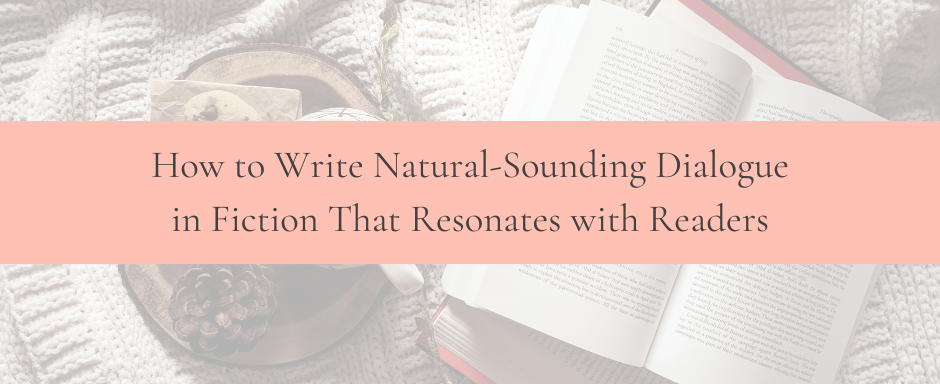He, She, and the Singular They: How to Use Gender Pronouns in Fiction
- Hayley Rushbrook

- Mar 29
- 3 min read
Updated: Aug 14

Gender pronoun usage in fiction is essential for avoiding the repetition of names, easing story flow, and is typically more natural, especially in dialogue.
But, as with everything in writing, you then need to be super vigilant that you’re not overusing them and that it’s always clear who the pronoun is referring to.
What Are Gender Pronouns?
Gender pronouns are words we use to identify our characters other than by their names.
Typical examples include:
He, she, they (subjective)
Him, her, their (objective)
His, hers, theirs (possessive)
What is the Singular 'They'?
Although 'they' is often referred to as a plural pronoun, it can also be used as a singular pronoun when a character's gender is unknown or irrelevant, or they choose to identify as non-binary (someone who doesn't feel exclusively male or female).
Why Do We Use Gender Pronouns?
Passages often explain a sequence of movements, conversations, events, etc. and will typically follow a particular character or characters.
For example:
Mary walked to the window and pulled back the curtain. Mary studied the parade of schoolchildren as they marched past her window. Mary wrinkled her nose in disgust.
By constantly using the character's name, we cause detachment as the prose is sterile. It also lacks flow because each new sentence feels stilted and separate.
Revised example:
Mary walked to the window and pulled back the curtain. She studied the parade of schoolchildren as they marched past her window and wrinkled her nose in disgust.
The revised example aids in readability, and each clause trickles effortlessly into the next. We can also remove the final pronoun use for added effect and to avoid over-usage.
What to Watch Out For
There are two main concerns when it comes to using pronouns.
That they can confuse readers when it’s not made clear who they are referring to.
For example:
Mary opened the door and was surprised to see Pippa on the porch.
‘Hi,’ she said warily, her brow creasing heavily.
She stepped forward and tentatively held out her hand.
In the above example, we have two female characters, so the pronoun ‘she’ causes ambiguity as to who speaks and who holds out their hand. These could quite easily refer to only Mary, only Pippa, or a mix of both of them.
Therefore, it’s imperative we use the characters’ names at crucial points so readers can follow the passage without issue.
Revised example:
Mary opened the door and was surprised to see Pippa on the porch.
‘Hi,’ Mary said warily, her brow creasing heavily.
Pippa stepped forward and tentatively held out her hand.
That they can be overused.
For example:
Sunita looked at Adam as he walked into the living room. He was wearing his jogging bottoms again. He looked depressed. She was desperate to try and cheer him up, but she was running out of ideas. She would need to get creative, but it wasn’t her strong point.
There are nine pronouns in five sentences, four of which start the sentence.
Let’s now look at an edited version of the same paragraph.
Sunita watched as Adam entered the living room wearing his jogging bottoms again. She was desperate to release him from his depression, but creative thinking wasn’t her strong point.
In the edited paragraph, we’ve managed to reduce the pronoun usage to five and tightened up the text while keeping the main points intact.
Wrapping Up
Using gender pronouns is essential for keeping a reader engaged and immersed in your story. But use them with caution; if it's unclear who they are referring to or you use them too often, a reader can become confused or detached from your novel.
Hayley Rushbrook is a respectful, human fiction line and copyeditor and proofreader specialising in mystery, crime and thriller, romance and general fiction, children's, middle grade and YA.
She gives your hard work the careful attention it deserves, so it is recognised for all the right reasons.
Discover more Author Resources




Comments